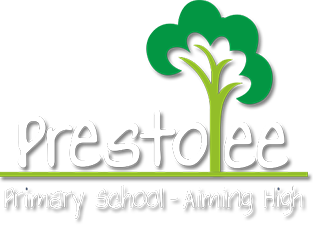Guide to Assessments for Schools
The Purpose of Assessment
Statutory Assessment
- To hold schools to account for the work they do with their pupils. To measure both attainment and progress to demonstrate schools’ effectiveness.
Formative Classroom Assessment
- To inform teaching and learning. Used diagnostically to evaluate knowledge and understanding, identify gaps and misconceptions and inform lesson planning accordingly.
The means of statutory assessment are determined by the Department. The means of formative assessment are determined by the school in line with curriculum freedoms.
Statutory Assessment
- Reception Baseline Assessment in the first 6 weeks of school.
- End of Reception EYFS Profile
- Year 1 Phonics Check
- Year 2 Phonics recheck
- Y4 Multiplication Check
- Y6 End of Key Stage 2 Assessments Reading, Writing, Maths and SPAG.
Classroom Assessment
- Determined by the school in line with their curriculum,
Key Messages of Accountability
- Strong accountability means high expectations for attainment at primary, so that all pupils leave ready to make a successful start in secondary school
- But it also means celebrating schools doing well with disadvantaged intakes and challenging those not doing enough with high attaining intakes.
- Fairer way of measuring progress at school level, comparing pupils with similar starting points
Scaled scores
- Tests at the end of KS2 will be reported in scaled scores
- The expected standard will always be set at 100
- The standard will be set by the profession – expert panels are involved in the development of all tests created by STA
- Raw scores in the test will be converted to a scaled score
- Pupils with 100 or more will have met the expected standard Pupils who score below 100 will not have met the standard
- Anchor items will link the tests from one year to the next to ensure expected standards are consistent
Interim Framework for Teacher Assessment
- For Writing at KS2, there are 3 standards:
- Pre-Key Stage Standards
- Working towards the expected standard
- Working at the expected standard
- Working at greater depth within the expected standard
- For English reading and mathematics at KS2 and for science, there is one standard (working at the expected standard)
- Each of the 3 standards within the framework contains a number of ‘pupil can’ statements
- teachers will need to have evidence that a pupil demonstrates attainment of all of the statements within that standard and all the statements in the preceding standard(s).
Reception Baseline
To enable progress to be measured from when a cohort of children start school
- A teacher-administered, age-appropriate assessment conducted in the first half-term of a child starting in reception.
- The reception baseline will measure progress from the start of school to the end of KS2.
Assessment freedoms
- At the end of key stages there will be an expected standard set. Between these points it is for schools to decide how best to assess their pupils in a way that best suits their needs.
Schools will be expected to select an assessment approach which:
- Aligns well with their curriculum
- Sets out what pupils are expected to know, understand and do, and when
- Explains pupils’ progress and attainment to parents
- Can be used to set aspirational targets and wherever possible supports pupils to reach the expected standards
Expert Review of Pupils Working Below the Standard of the National Curriculum Tests
- Advise on a solution for statutory assessment of pupils working below the standard of national curriculum tests;
- Consider how P-Scales fit with the wider approach to assessment and advise on whether they need to be revised in light of the new national curriculum;
- Consider the impact of assessment and qualification reform at key stage 4 to ensure continuity and consistency with any proposed changes to assessment of lower-attaining pupils at KS1-3;
- Consider the wider implications of any recommendations they make, including any professional development needs that might arise.
Accountability reforms: school progress measure
- A pupil’s KS2 score is measured against the average KS2 score for pupils nationally having the same prior attainment. Pupils who did not sit KS1 assessments due to Covid-19 will not have a progress measure at the end of KS2.






